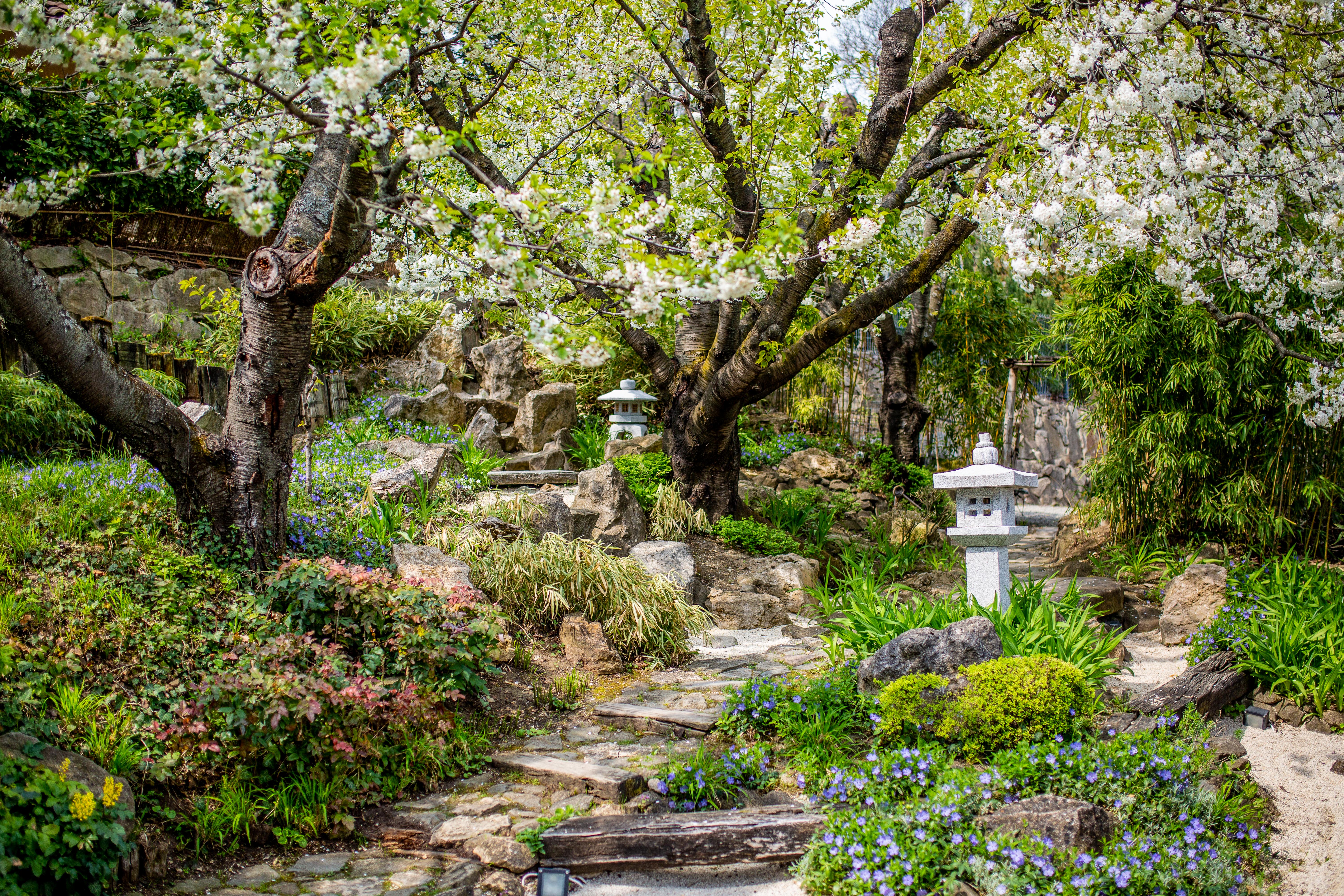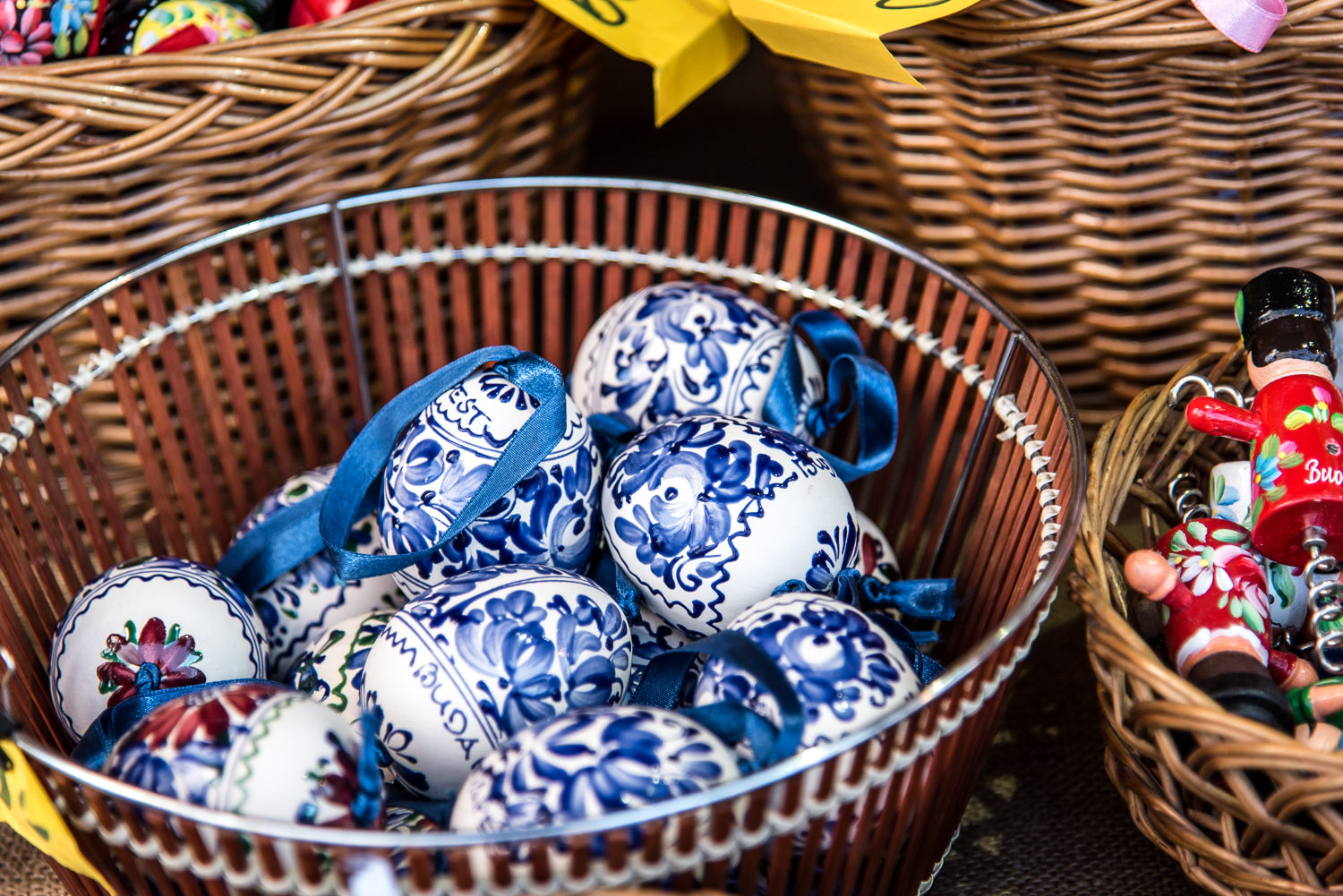The Japanese garden is a free attraction ten minutes from the centre of Szentendre, tucked in from the Danube promenade. Opened three years ago, it is still growing and probably requires another 13 years or so to reach full bloom.
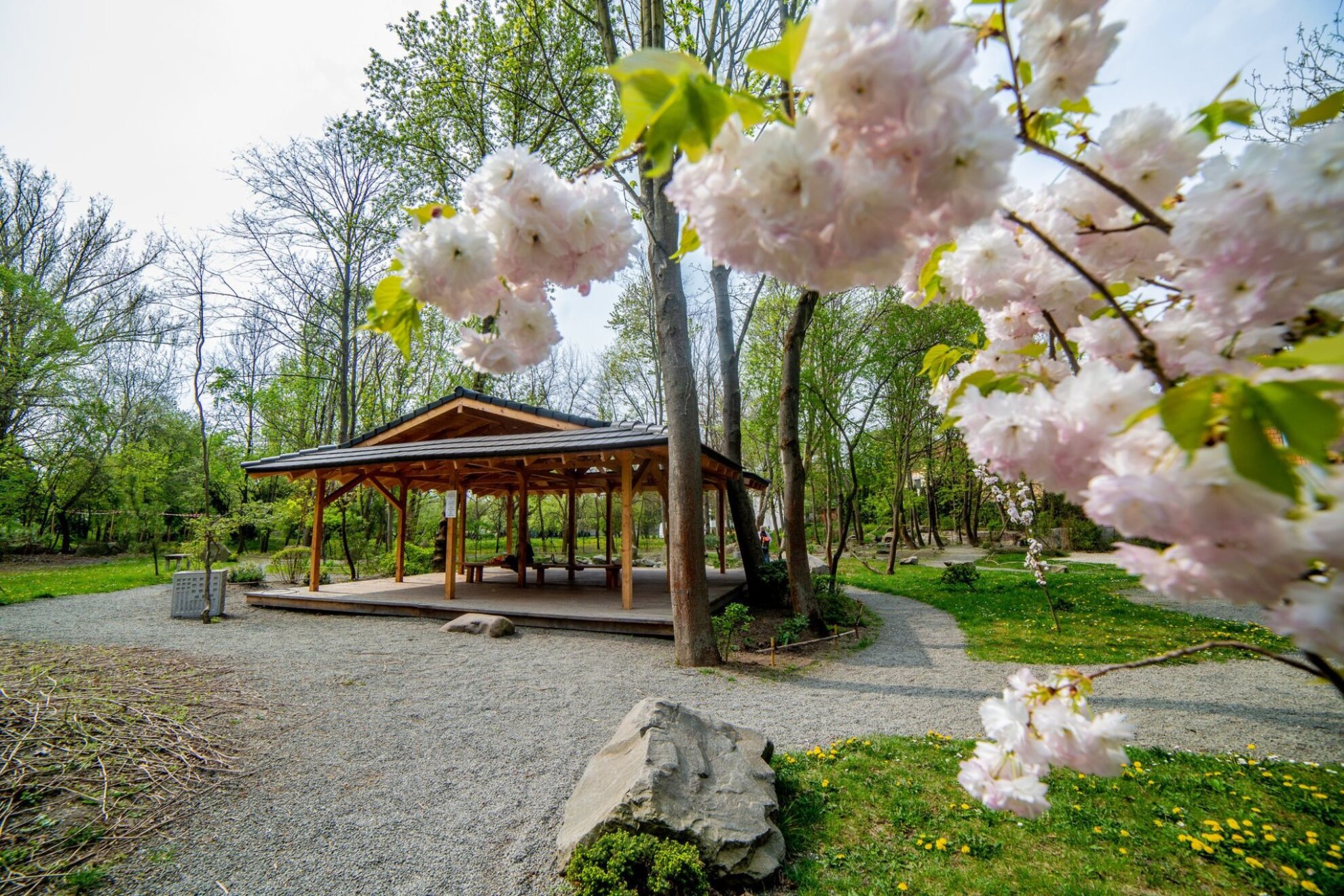
A Japanese garden is like a three-dimensional painting – as we learn from landscape planner Zoltán Dani. The setting of each rock and tree has to be aesthetically perfect. A few elements have been placed symbolically according to Buddhist tradition, but the main aim is to create a painting in nature that forever changes with the seasons.
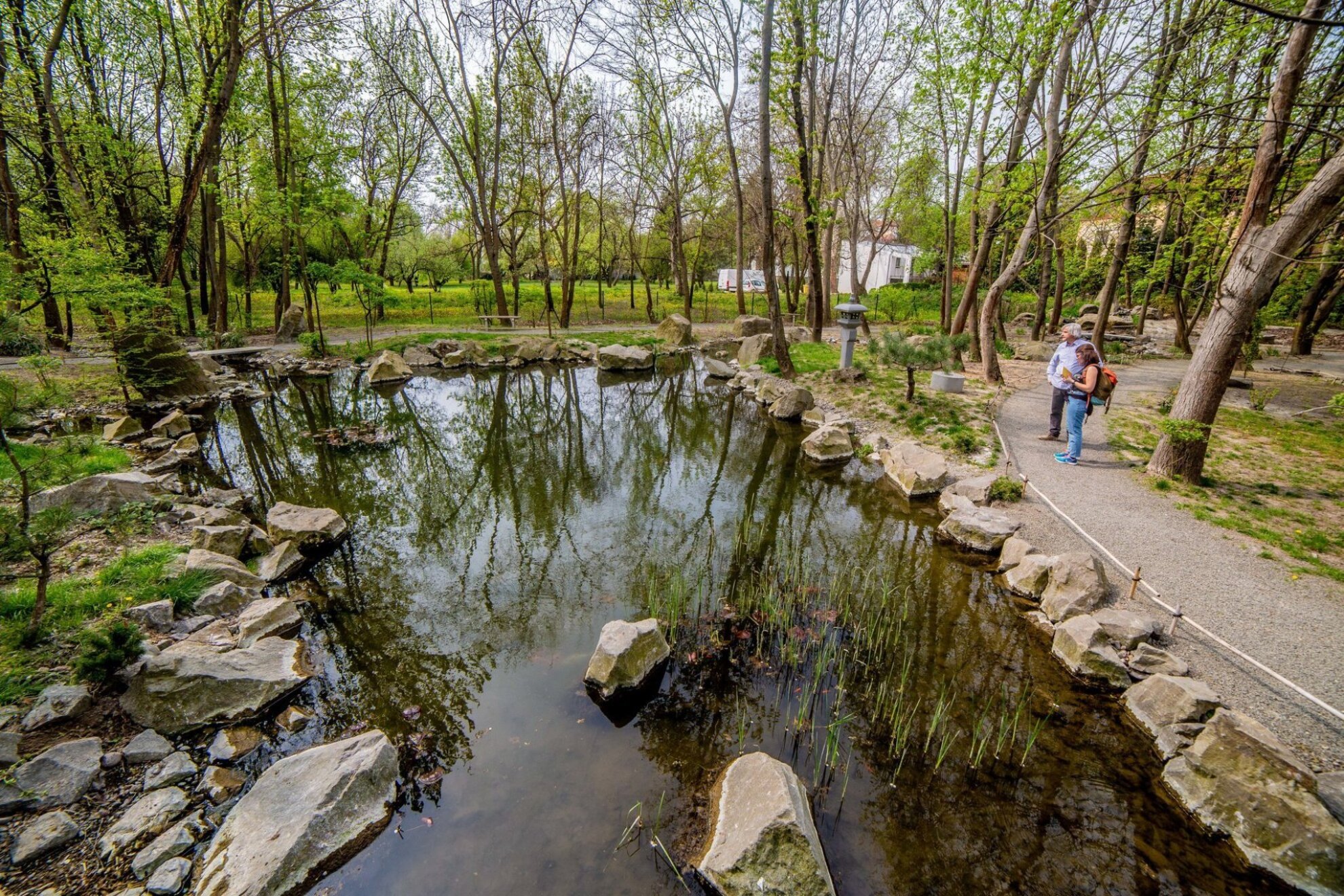
The main focus is the teahouse, which for now is only a pavilion, and the whole garden was planned to look its best when admired from here. Strolling through the grounds, the view always changes, the best spots equipped with benches so that people can appreciate the scenery.
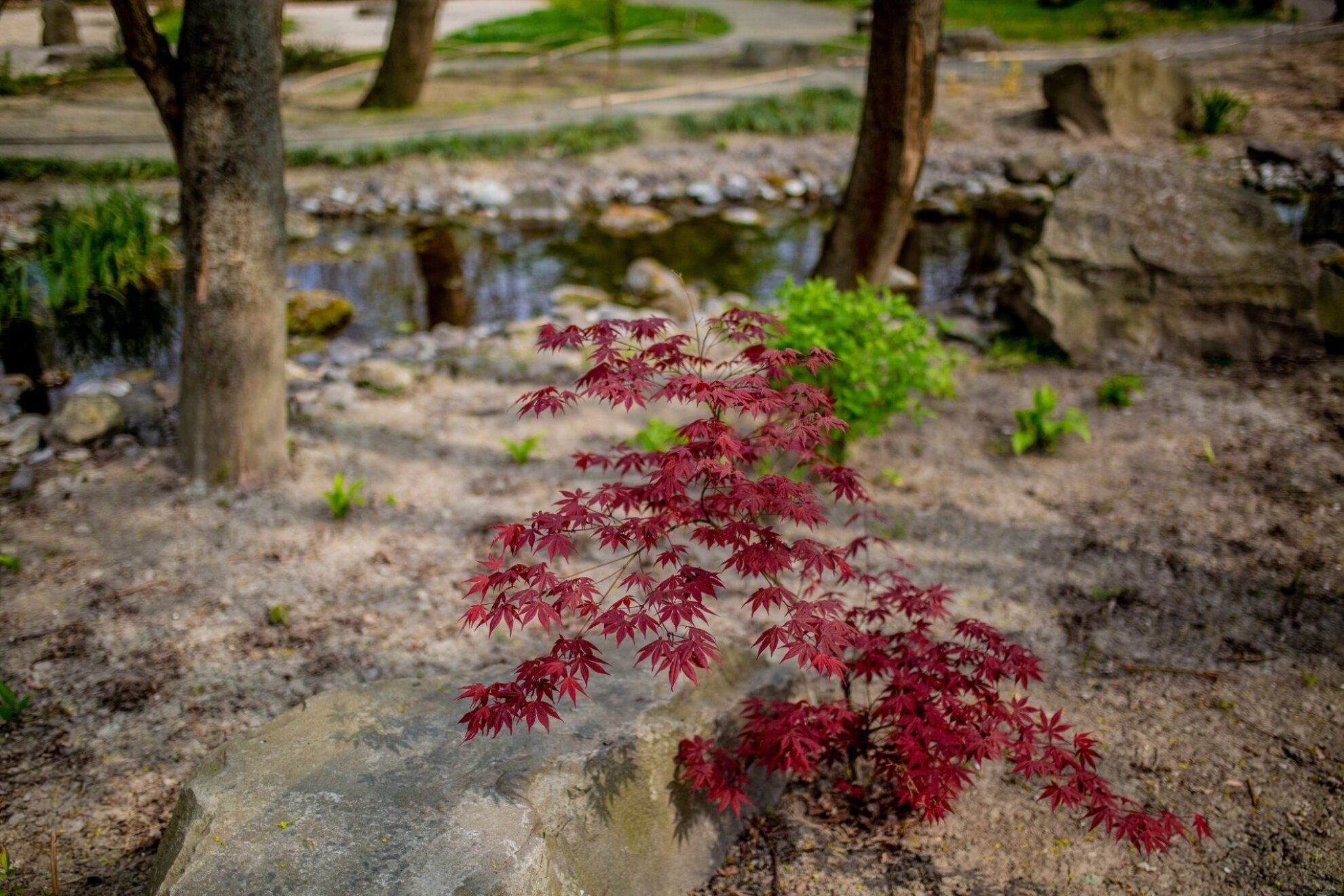
In Japan, the seasons have huge importance, something reflected here, too. Winter is represented by evergreens to the left of the entrance, spring shines through the sakura trees, maple trees represent autumn, while summer manifests itself in the lake, where water lilies, lotuses and other colourful flowers will be planted.
There are not only Japanese plants here as the gardening traditions of the Far East allow free rein to use other, even local species (no tulips and roses though). Soon, the garden will receive a watering system and lighting.
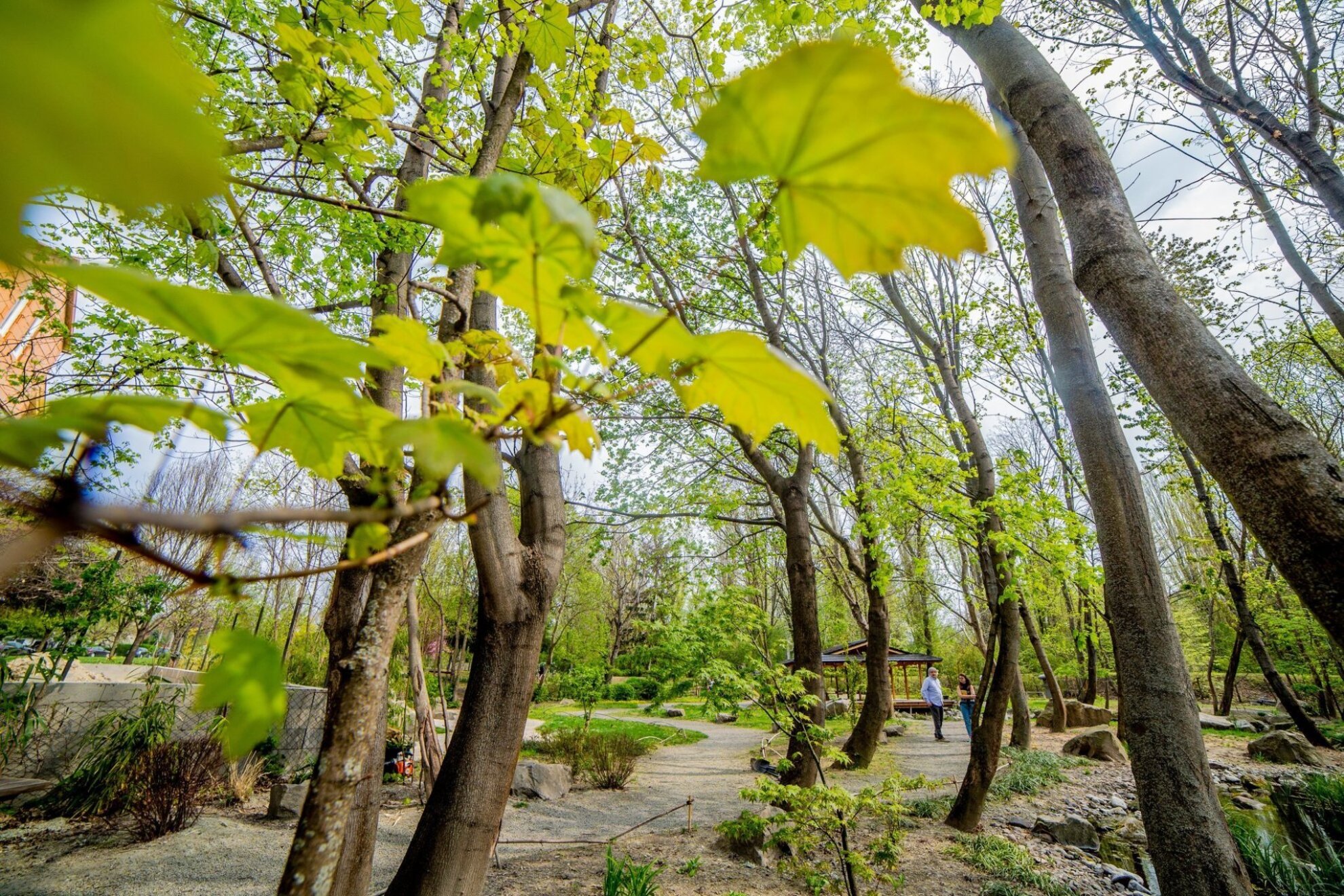
Zoltán Dani graduated from the Buddhist College in Japanese Garden Studies and has been studying Chinese and Japanese horticulture for nearly 20 years. He gained experience in Kyoto and is the only official Japanese garden landscaper in the region.
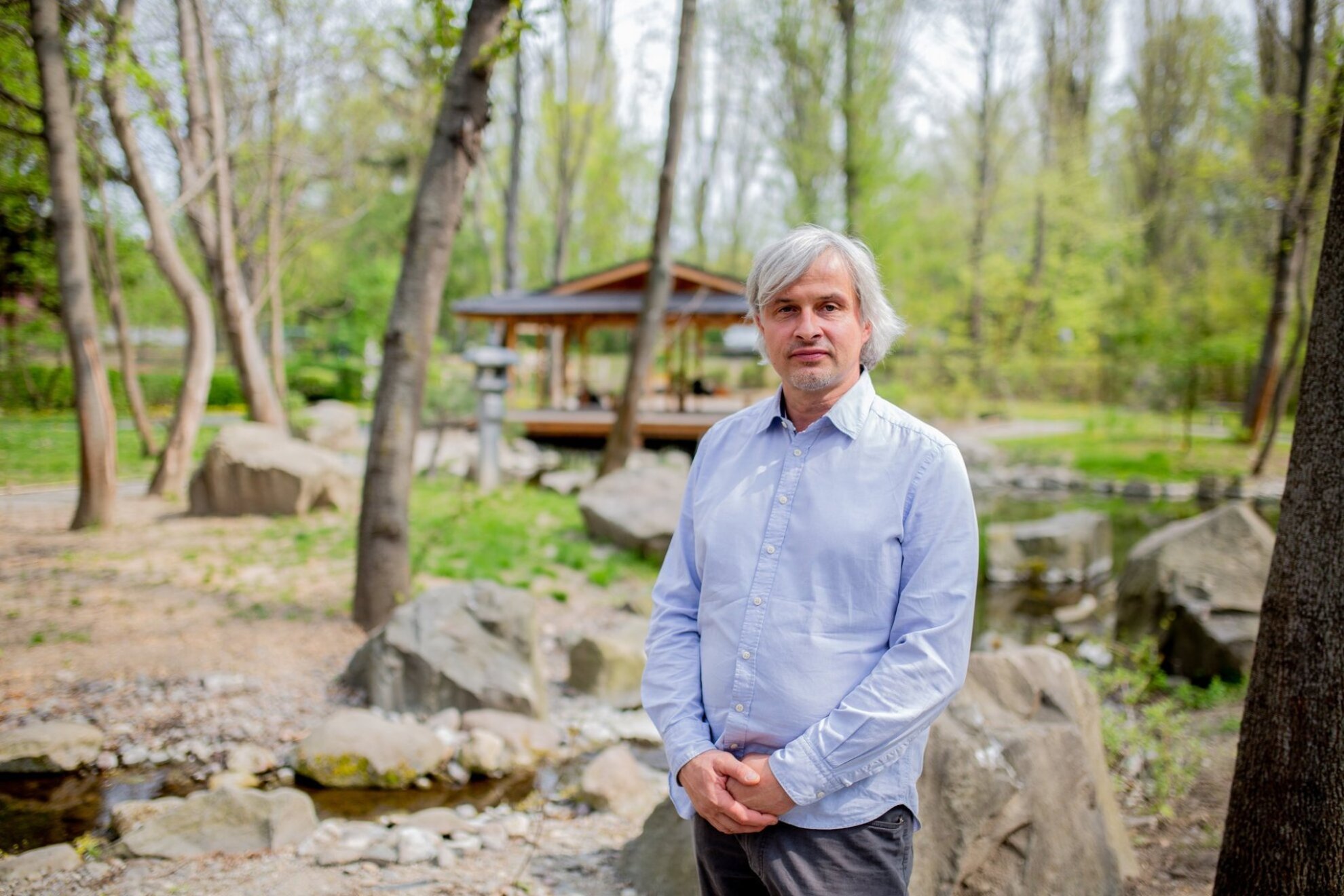
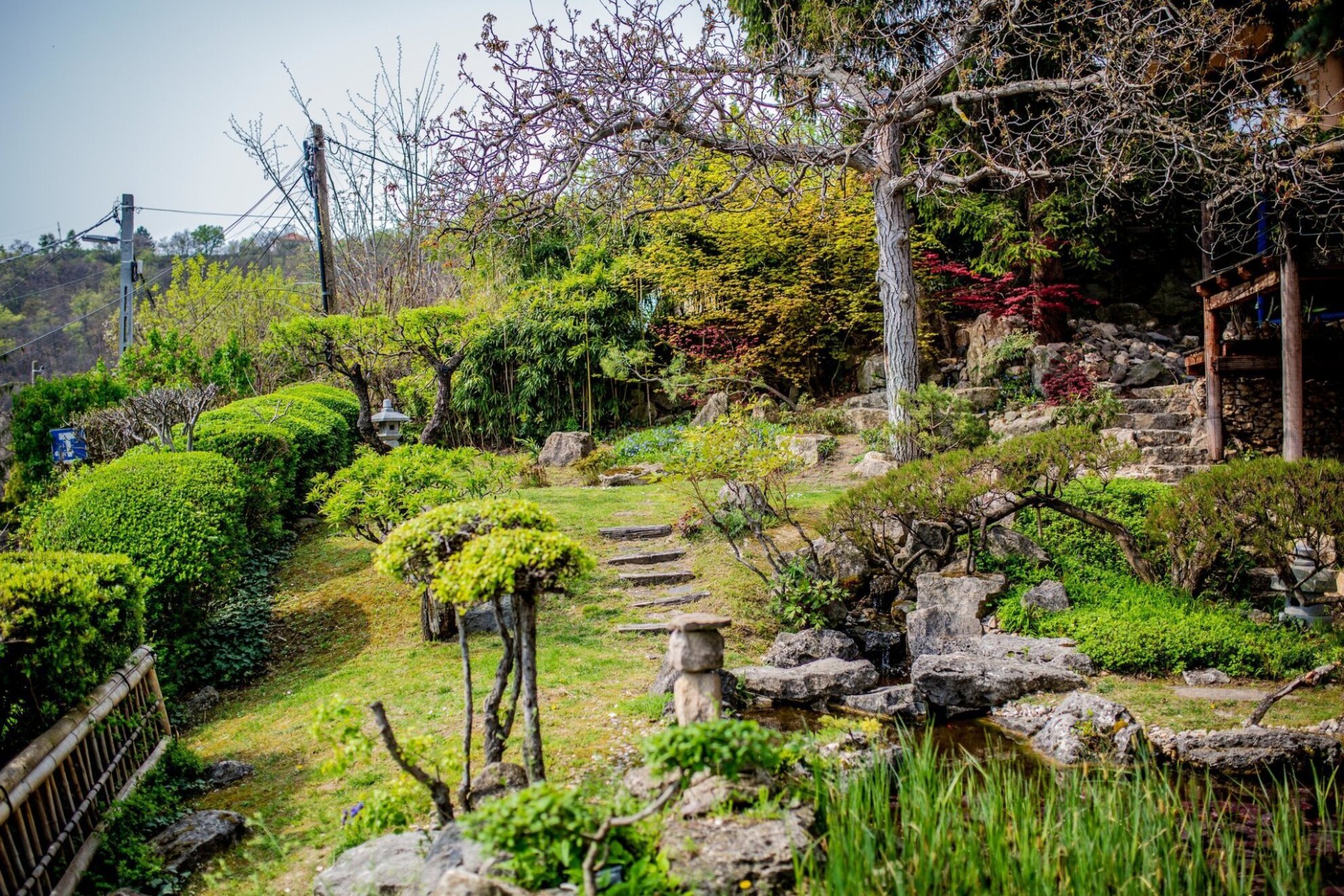
His own garden is magical, but can only be visited as part of a guided walk in the spring when the sakura trees blossom.
Japanese garden Czóbel Park, Szentendre
